-
Board Games
Magic: The Gathering
Lorcana
Pokemon
Other TCGs

Recommended for Ages 10 & up
1-4 Players
60 minutes playtime
In 1958, Demitri Belyaev and Lyudmila Trut started an experiment on domestication. From a large group of foxes, they selected the ones that reacted to humans with more curiosity and less aggression. In each generation, they selected only the friendliest pups to become parents — hoping to recreate the process that originally led to domestication thousands of years ago. The experiment made stunning progress. Even though the foxes were chosen only for their friendliness, they soon started to get many of the physical traits that we associate with domesticated animals — like spots, floppy ears, and curly tails. As communication opened up, the foxes made major contributions to our understanding of how these traits are expressed. The experiment continues to this day.
In The Fox Experiment, you’ll breed your own domesticated foxes. In each round you'll select a pair of fox parents who have certain traits. You'll gain those specific trait dice, roll them, then try to move them around to make complete trait symbols which you'll then mark off on your pup card. You'll then gain trait tokens depending on how many traits you marked off which you'll use to upgrade tracks on your personal player board.
At the end of the round, the previous generation of foxes will be cleared and all of the new pups will be moved to the kennel — thus becoming candidates to be chosen as parents in the next round. The game ends after 5 rounds and you'll gain points for pleasing patrons (end of game scoring bonuses), studies completed (personal player objectives), if you ever won the friendliest fox award, upgrades on your personal player board, and extra tokens. The player with the most points wins!
—description from the publisher
Designer(s):
Elizabeth Hargrave
Jeff Fraser
Artist(s):
Joe Shawcross
Board Game Geek Category(s):
Animals
Dice
Board Game Geek Mechanic(s):
Dice Rolling
End Game Bonuses
Open Drafting
Solo / Solitaire Game
Turn Order: Claim Action
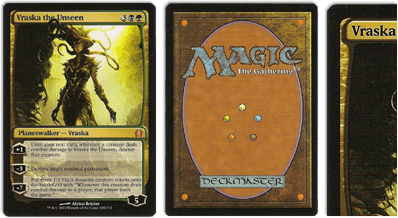 '
'Near Mint condition cards show minimal or no wear from play or handling and will have an unmarked surface, crisp corners, and otherwise pristine edges outside of minimal handling. Near Mint condition cards appear 'fresh out of the pack,' with edges and surfaces virtually free from all flaws. '
'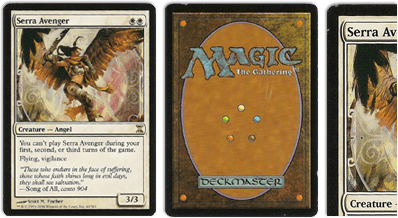 '
'Lightly Played condition cards can have slight border or corner wear, or possibly minor scratches. No major defects are present, and there are less than 4 total flaws on the card. Lightly Played condition foils may have slight fading or indications of wear on the card face. '
'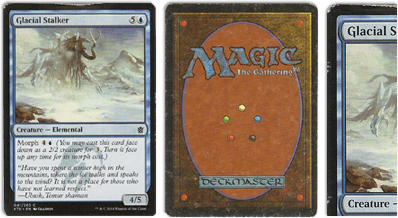 '
'Moderately Played condition cards have moderate wear, or flaws apparent to the naked eye. Moderately Played condition cards can show moderate border wear, mild corner wear, water damage, scratches , creases or fading, light dirt buildup, or any combination of these defects. '
'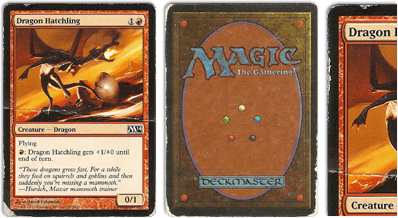 '
'Heavily Played condition cards exhibit signs of heavy wear. Heavily Played condition cards may include cards that have significant creasing, folding, severe water damage, heavy whitening, heavy border wear, and /or tearing. '
'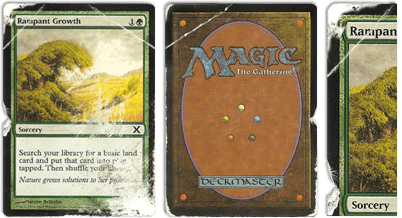 '
'Damaged condition cards show obvious tears, bends, or creases that could make the card illegal for tournament play, even when sleeved. Damaged condition cards have massive border wear, possible writing or major inking (ex. white-bordered cards with black-markered front borders), massive corner wear, prevalent scratching, folds, creases or tears. '
'